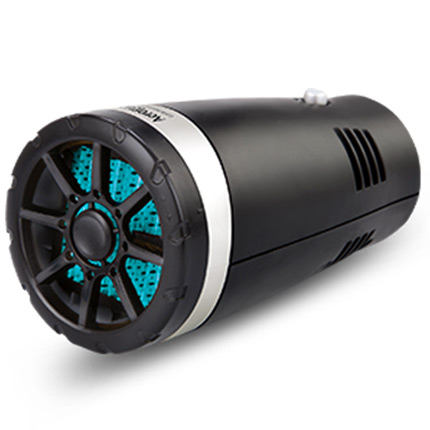throttle cable assembly
Throttle Cable Assembly An Essential Component in Automotive Engineering
The throttle cable assembly is a crucial component in the automotive industry, playing a vital role in the overall performance and efficiency of vehicles. This assembly connects the accelerator pedal to the engine’s throttle body, allowing drivers to control the amount of air entering the engine, which directly affects the vehicle's speed and acceleration. While it may seem like a small piece of machinery, the throttle cable assembly is integral to the driving experience and is often overlooked in discussions about vehicle maintenance and performance.
A typical throttle cable assembly consists of a flexible cable encased in a protective sheath. At one end of the cable, a connector attaches to the accelerator pedal, while the other end connects to the throttle body of the engine. When the driver presses the accelerator pedal, it pulls the cable, which in turn opens the throttle valve, allowing more air into the engine. This process stimulates fuel injection, leading to increased engine power and acceleration. Conversely, when the pedal is released, the cable returns to its original position, closing the throttle and reducing engine power.
One of the main advantages of a throttle cable assembly is its simplicity. It operates on a direct mechanical linkage, which tends to be more reliable than electronic systems, particularly in older vehicles. Mechanical throttle cables do not require electrical components that can fail or malfunction, making them less prone to certain types of failures. This mechanical connection also provides a tactile feedback to the driver, allowing for a more engaged and responsive driving experience.
throttle cable assembly

However, as automotive technology has advanced, many modern vehicles are shifting towards electronic throttle control (ETC) systems. These systems utilize sensors and electronic controls to manage the throttle position, offering improved flexibility and efficiency. While ETC systems have their own set of advantages, such as more precise control and the possibility for integration with advanced driver-assistance systems, they can also be more complex and prone to electronic malfunctions.
Despite the emergence of electronic systems, throttle cable assemblies remain in high demand for various reasons. Firstly, they are easier and less expensive to maintain. In the case of a malfunction, a throttle cable can often be replaced without extensive diagnostics and repairs that may be necessary for an electronic system. Additionally, some drivers prefer the mechanical feel of a cable-driven throttle, appreciating the direct connection it provides between the driver and the vehicle.
Regular maintenance of the throttle cable assembly is essential to ensure its longevity and proper functioning. Drivers should periodically inspect the cable for signs of wear, fraying, or damage. Carefully lubricating the cable can also help prevent stiffness and ensure smooth operation. A well-maintained throttle cable assembly not only enhances vehicle performance but also contributes to overall safety by ensuring responsive acceleration.
In conclusion, the throttle cable assembly might seem like a mundane component in the intricate web of an automobile's mechanics, yet its importance cannot be understated. This simple mechanical device plays a crucial role in controlling engine performance, enhancing the driving experience, and maintaining the safety of the vehicle. As automotive technology evolves, it is essential to recognize the enduring relevance of throttle cable assemblies, as well as the need for regular maintenance to ensure optimal performance. Whether in classic cars or newer models, understanding and caring for this essential component is key to a smoother ride and better vehicle control.
-
Workings of Clutch Pipe and Hose SystemsNewsJun.04,2025
-
The Inner Workings of Hand Brake Cable SystemsNewsJun.04,2025
-
The Secrets of Throttle and Accelerator CablesNewsJun.04,2025
-
The Hidden Lifeline of Your Transmission Gear Shift CablesNewsJun.04,2025
-
Demystifying Gear Cables and Shift LinkagesNewsJun.04,2025
-
Decoding Clutch Line Systems A Comprehensive GuideNewsJun.04,2025
